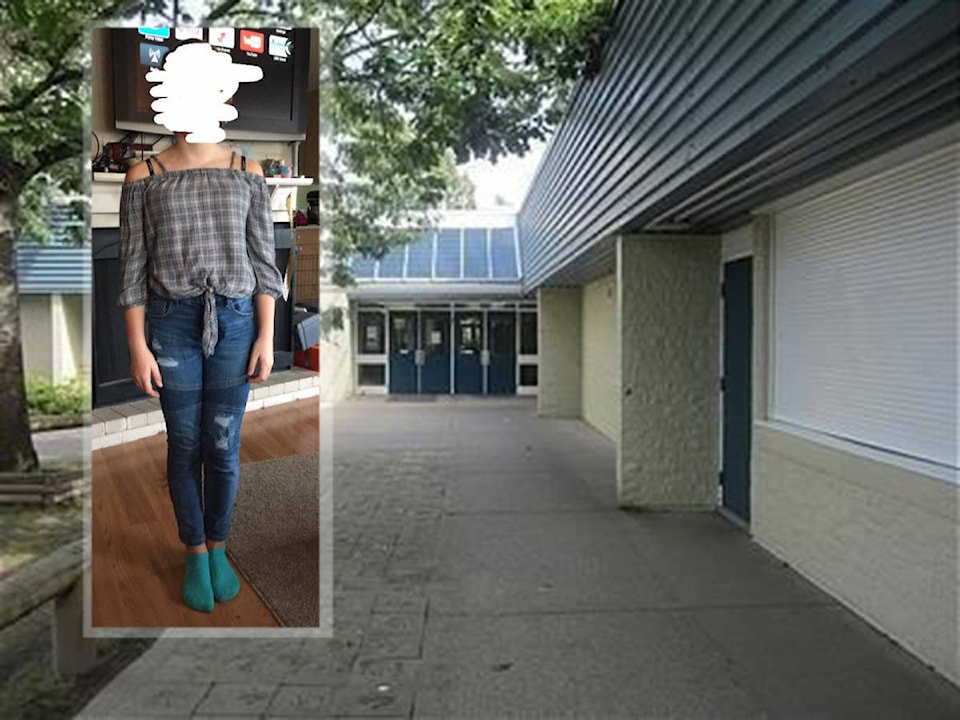There has been no shortage of opinions expressed online regarding dress codes for students, following a decision last week at South Meridian Elementary to make two preteen girls cover up with school jerseys.
Some said parents should decide what children wear, some said students should dress more appropriately and some said boys should be part of the discussion. And that was before most commenters saw one of the outfits in question – a casual, stylish, off-the-shoulder ensemble not unbefitting an 11-year-old in most social situations.
Of course, once that outfit was made public by the girl’s mother on a Peace Arch News online article, the same arguments were being made, albeit with a little more confusion about why it was such a big deal.
READ: Elementary students cautioned about clothing
READ: Outfit covered up ‘purchased by grandmother’
READ: Girls told clothes ‘sometimes distract boys’: 11-year-old
Determining the appropriateness of fashion by committee is no easy process.
However, to those who point to the girl’s shoulder straps – not military grade, yet a far cry from haute couture spaghetti – as counter to the Surrey School District’s dress code, we have a question.
Why is the dress code worded as it is?
If it’s to set limits on what that society considers unsuitable, then define those limits sensibly. And allow a little freedom of expression in the grey area, in which one person’s style is another’s gaucheness.
Of course, if an outfit would be suitable in most social settings – yet we’re still concerned the wearer might be a distraction to other students – perhaps there are bigger questions. Such as, why are we focusing on the distractors and not on the distracted? And why is sight of a shoulder an issue – at any age?
To the school district specifically, we ask: why was this matter being discussed with girls and not boys; and why with the preteens and not their parents?
We appreciate the official district response that this was a “one-off” solution – not “institutional” – and that the young girls “were not told” their clothing was distracting to boys. However, these were certainly not the messages received by attending students.
While it is welcome that parents are now included in “very positive and fruitful” dress-code discussions at this school, perhaps others in the district – indeed in the country – should weigh in, as this is too big a social issue to be determined by a single mindset.

